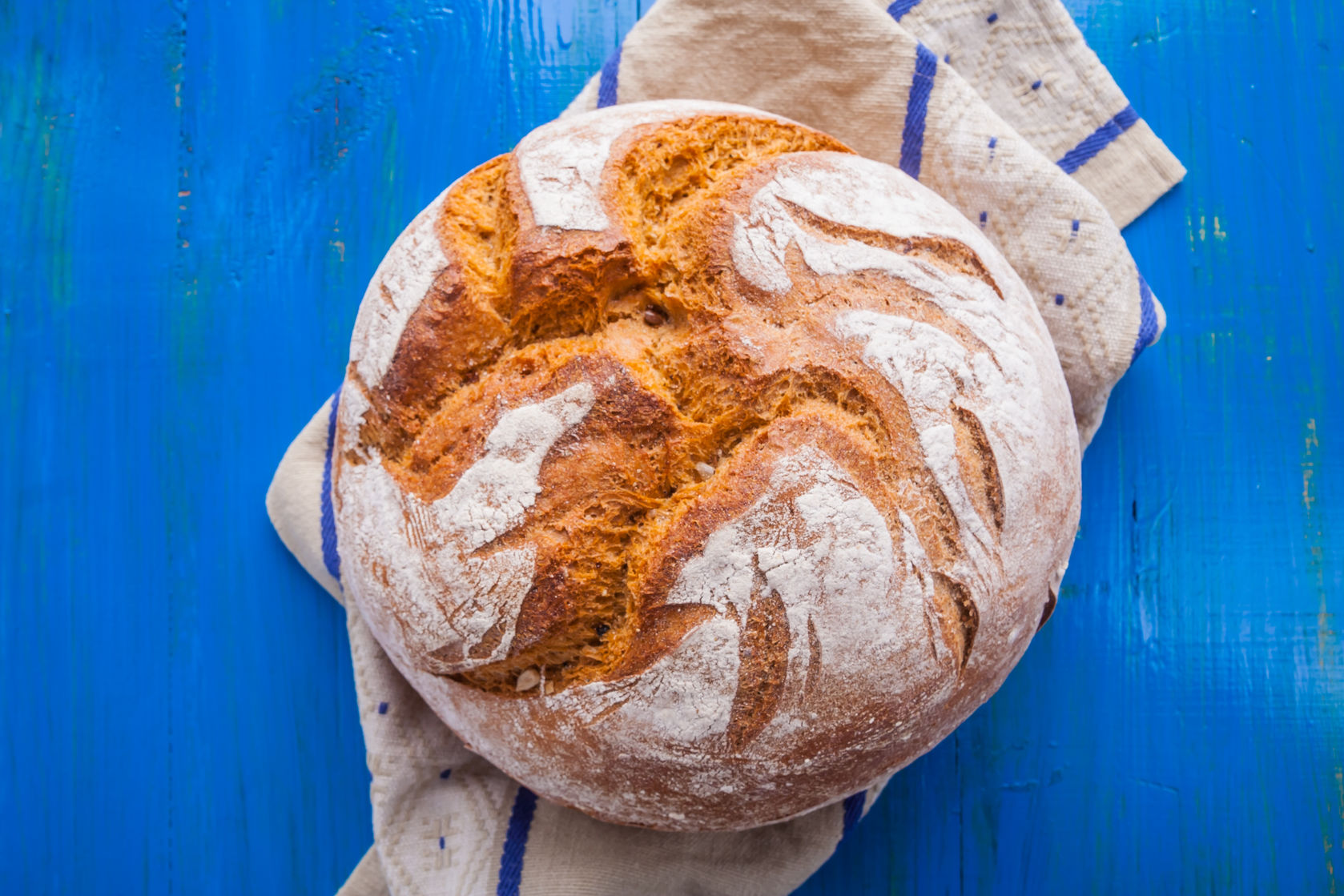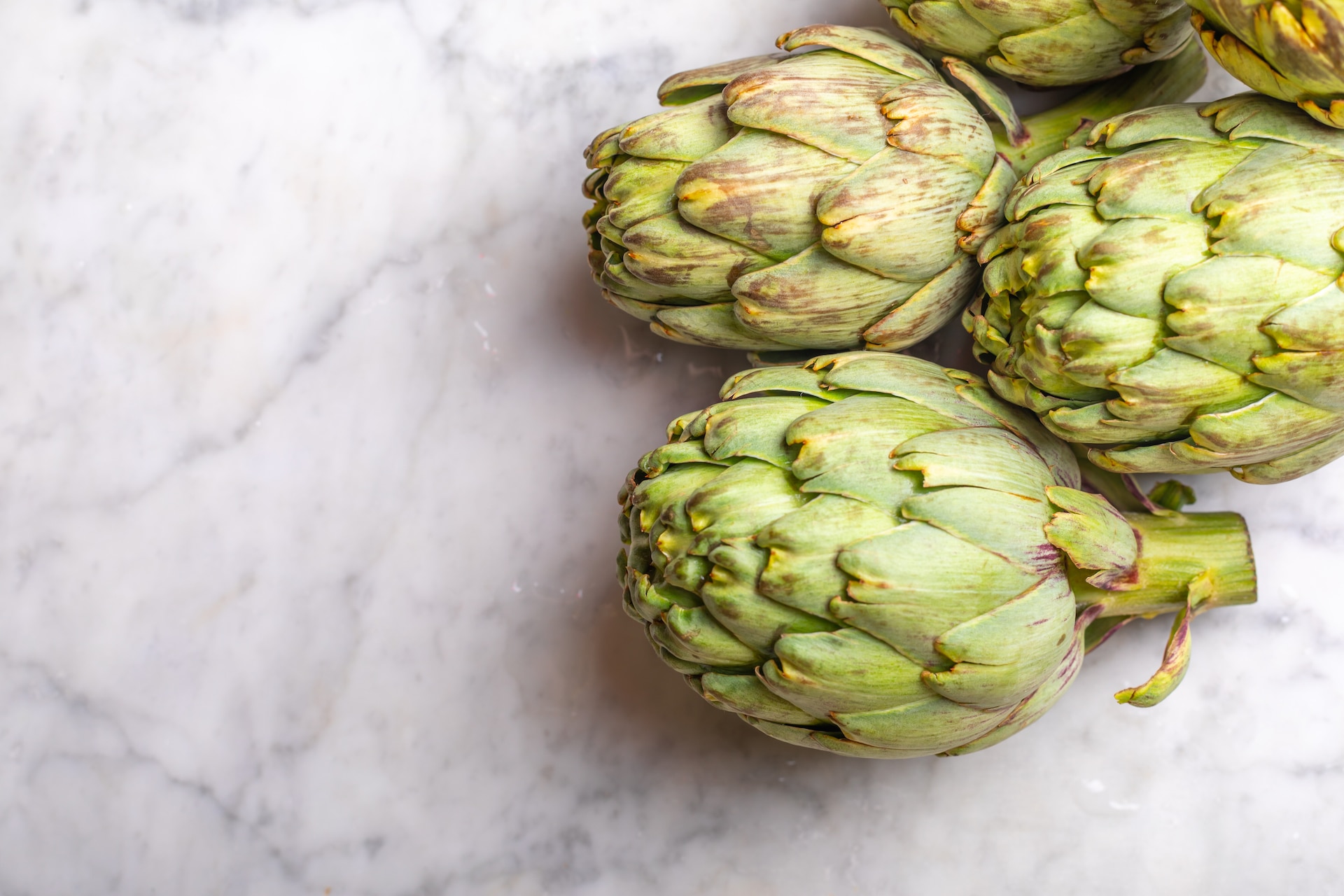Home » Eat Empowered » What Is Dry Fasting—And Is It Safe?
It seems like nearly everyone has either heard about intermittent fasting—or perhaps even tried it themselves. But what about the newest buzz in this eating strategy that follows the clock: dry fasting?
With intermittent fasting, you eat during a set window (typically 8 hours per day), then abstain from food during the other hours. Dry fasting takes things a step further by not allowing any liquids to be consumed during the fasting window.
While intermittent fasting does have some scientifically-proven health benefits, we’ve been pretty clear about the fact that there are only certain populations who should even consider trying it. And all of those benefits only last for as long as you can stick with it, which is often difficult to do for the long haul. (Ahem, no bedtime snacks … ever? No thanks.)
Dry fasting, though currently rising in popularity, may be even harder to stick with. So what is dry fasting all about? Why are people so jazzed about it and, most importantly, is it safe? Read on for all those answers and more, as we dish about the science of dry fasting.
What Is Dry Fasting, Exactly?
Dry fasting is a form of intermittent fasting in which no liquid is consumed during the fasting window. Dry fasting is modeled after certain religious fasts. During Ramadan, Muslims abstain from food and drink from dawn to dusk for 30 days. For Yom Kippur, Jews dry fast from sundown to one hour after sunset on the High Holy Day.
Dry fasting can be partnered with any of the common intermittent fasting methods below. So think of dry fasting as a subgroup of intermittent fasting. Similar to those aforementioned religious fasts, during the abstention times, those who dry fast don’t consume any fluids during the fasting window. (Generally, non-calorie beverages such as water, coffee and tea are allowed during the fasting window on regular intermittent fasts.)
- Time-restricted fasting: Eat normally for 8 hours of the day, such as between 11 a.m. and 7 p.m., then abstain from all food and drink for the other 16 hours.
- 5:2 fasting: Eat normally for 5 days per week, then fast (by consuming 500 calories or less per day) for 2 days per week.
- Alternate-day fasting: Eat normally one day, then abstain from all food and drink on the next day OR consume 500 calories or less the next day.
RELATED: 5 Super Nutritious Foods You Really Should Be Eating (But Probably Aren’t)
The Reported Benefits of Dry Fasting
The majority of studies about the benefits of dry fasting have focused on individuals participating in Ramadan. That means these people eat and hydrate normally for 11 months of the year, so long-term benefits of dry fasting are difficult to pin down. For religious populations, dry fasting is meant to create deeper faith, more community (since the collective group is in it together) and a heightened sense of gratitude. For the rest of the population who participates in dry fasting as part of their intermittent fasting, they’re generally seeking weight loss.
As you study up on the research about dry fasting benefits, know that most studies are fairly short-term and small in size.
Weight Loss
Intermittent dry fasting may lead to short-term weight loss, according to one study in the Journal of Human Nutrition and Dietetics. Take this with a grain of salt, however, as the weight loss is likely almost all water weight.
Improved Immune Function and Skin
Autophagy is the cellular anti-aging process that intermittent fasters are trying to take advantage of. The body uses the fasting window to clean out damaged and old cells to allow space to regenerate newer and healthier cells. This may enhance immune system defenses and potentially slow aging. (Take note that drinking enough water is one of the most essential habits for healthy, glowing skin over the lifespan.)
Less Inflammation
During the third week or so of a dry fast, participants in a small study published in the journal Nutrition Research began to experience less chronic inflammation. Long-term inflammation is a contributor to many common diseases in the U.S, including heart disease, diabetes, arthritis and allergies. Chances are this reduction in inflammation had much more to do with the change in eating habits rather than skipping water.
RELATED: 5 Scary Things Inflammation Does to Your Body
The Risks and Side Effects of Dry Fasting
As with intermittent fasting, those who dry fast often feel hungry. Dry fasters also may feel thirsty, irritable and tired, and may experience headaches, nausea, sleep troubles, dry mouth and eyes, dizziness and dark and/or infrequent urination.
In addition, here are some other very real medical risks of dry fasting.
Dehydration
About 60% to 70%p of the human body is made up of water, and every part of that body requires water to function well. Potential complications of serious dehydration include seizures, heat exhaustion or heat stroke, brain swelling, kidney failure, shock caused by low blood volume, coma and even death.
Mental Fog
In a study designed to determine how dehydration impacts mood, scientists discovered that male college students in China who didn’t drink water for 36 hours experienced not only shorter attention spans, but also delayed reaction time, short-term memory loss and fatigue.
Kidney Stones
Kidney stones form more easily within the body when you are dehydrated. Drinking plenty of water helps prevent crystals in the kidneys from clumping together into a painful mass or stone.
Urinary tract infections
Water is crucial for flushing out the germs that hang out in the urinary tract.
While intermittent fasting can work for some people who crave structure (with the caveat that he or she can fill all their nutrient needs within the eating window), dry fasting is a risky prospect. Instead, we recommend listening to your gut—literally.
- Eat when you’re hungry, not when the clock says you can.
- Fuel up with fruits, vegetables, lean protein, healthy fats and whole grains. Aim to pack each plate with a variety of colors.
- Wash it all down with plenty of H2O. Your body requires water for many basic functions and for satiety.
For more totally-doable diet advice, check out how to start eating healthy, according to a dietitian.
(photo credit: Shutterstock)
Health, Food, Wine and Relationship Writer + Cooking and Wine Event Host
RECENT ARTICLES

Want a sneak peek inside the program?
Get FREE access to some of the core training materials that make up our signature program – Become a Nutrition Coach.
Get Access"*" indicates required fields
 Eat Empowered
Eat Empowered













































































































































































































































































































































































































































































































































































































































































































































































































































































































































































































































































































































































































































































































































































































































